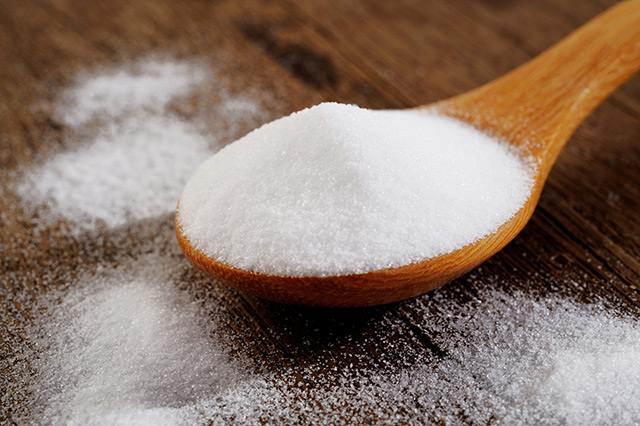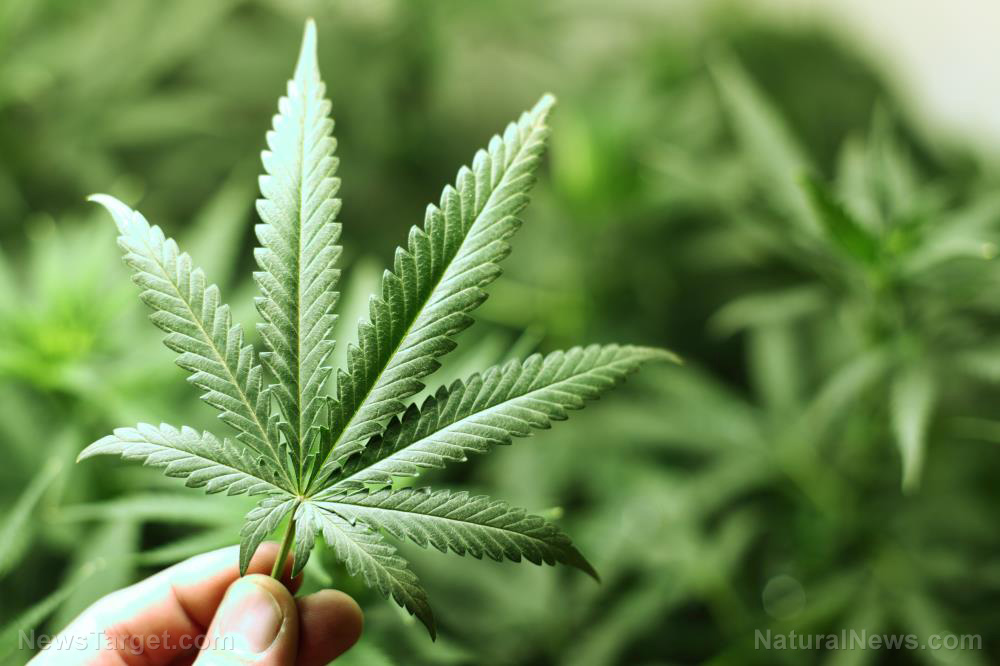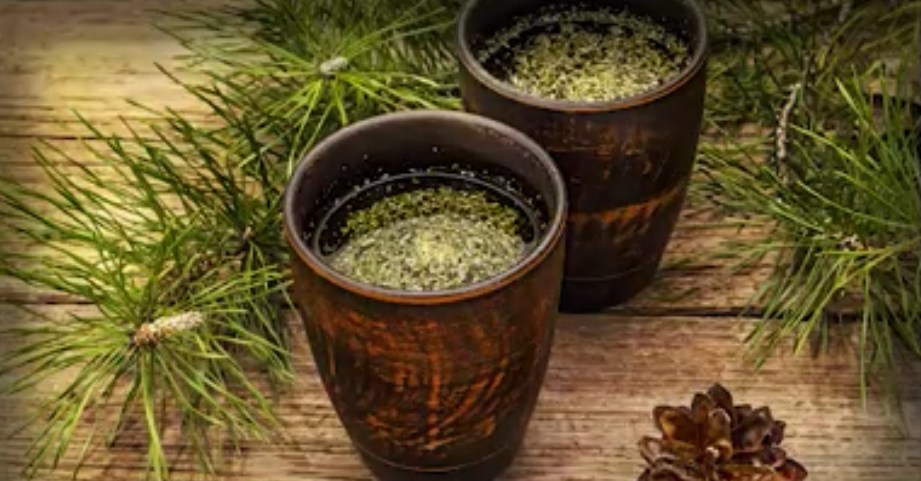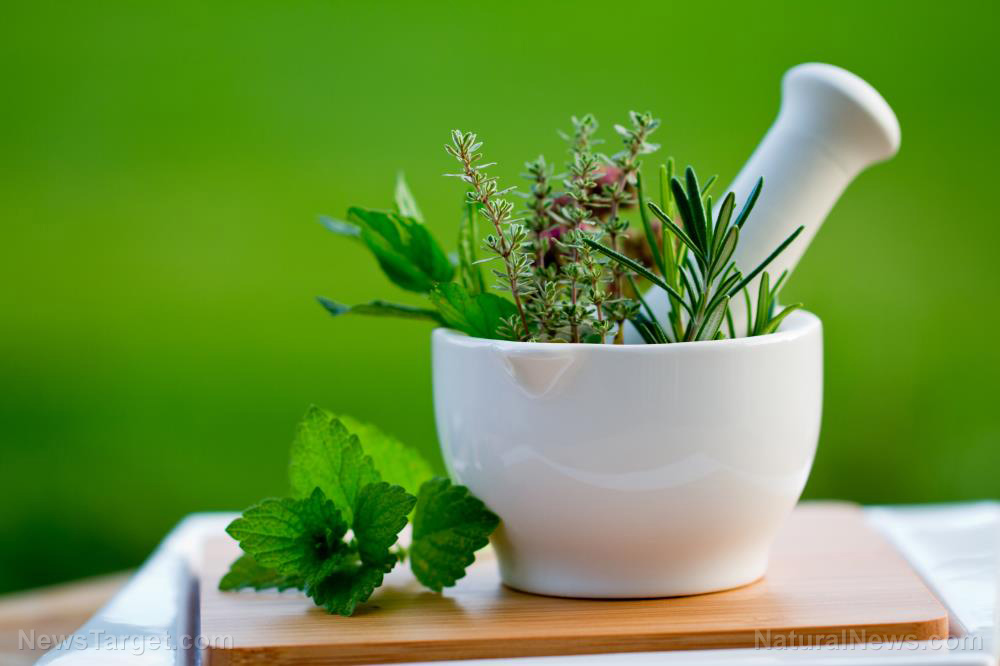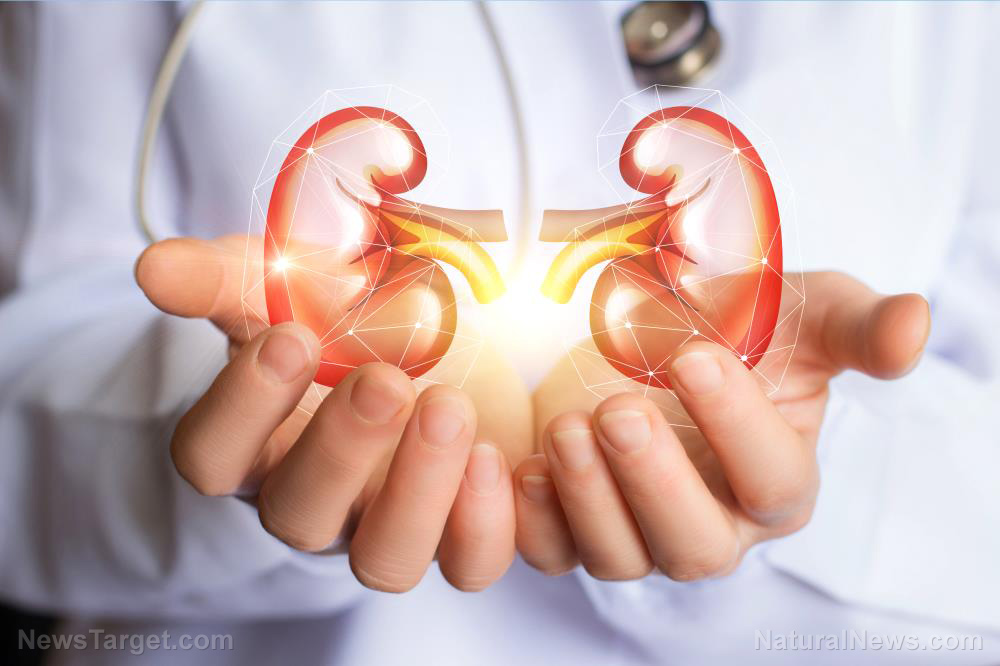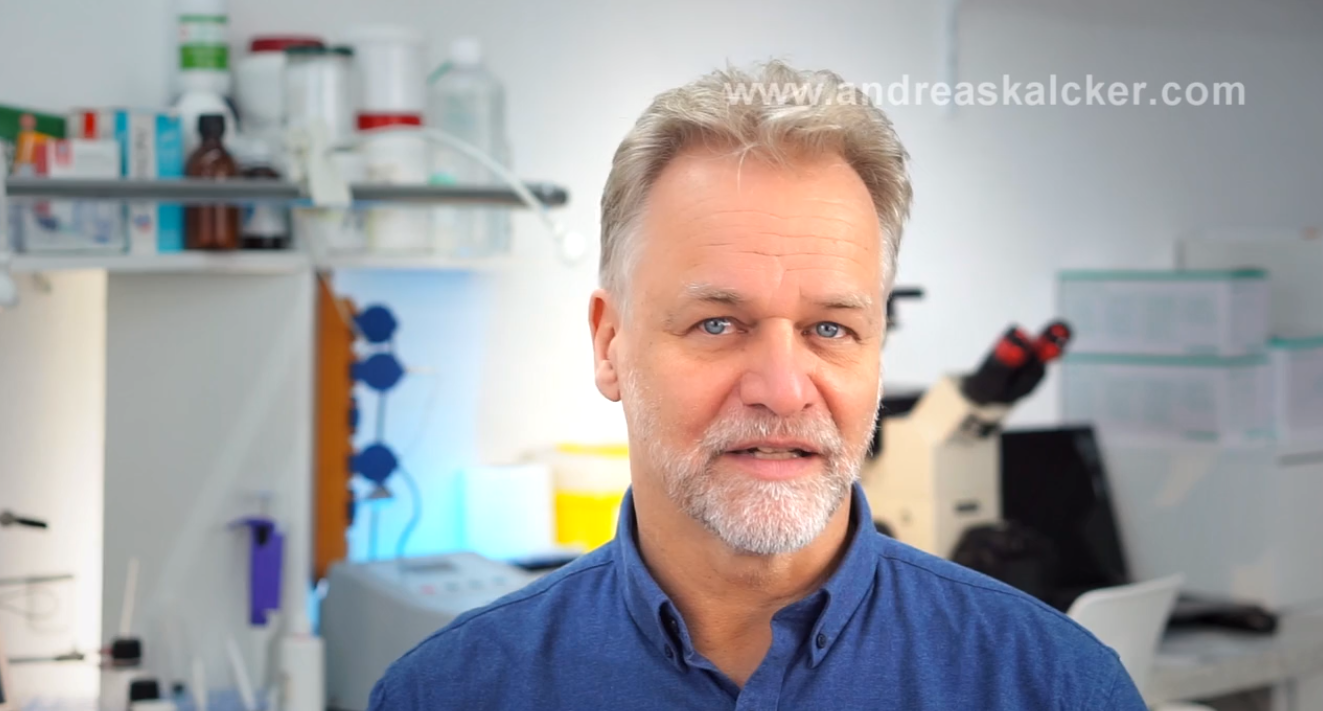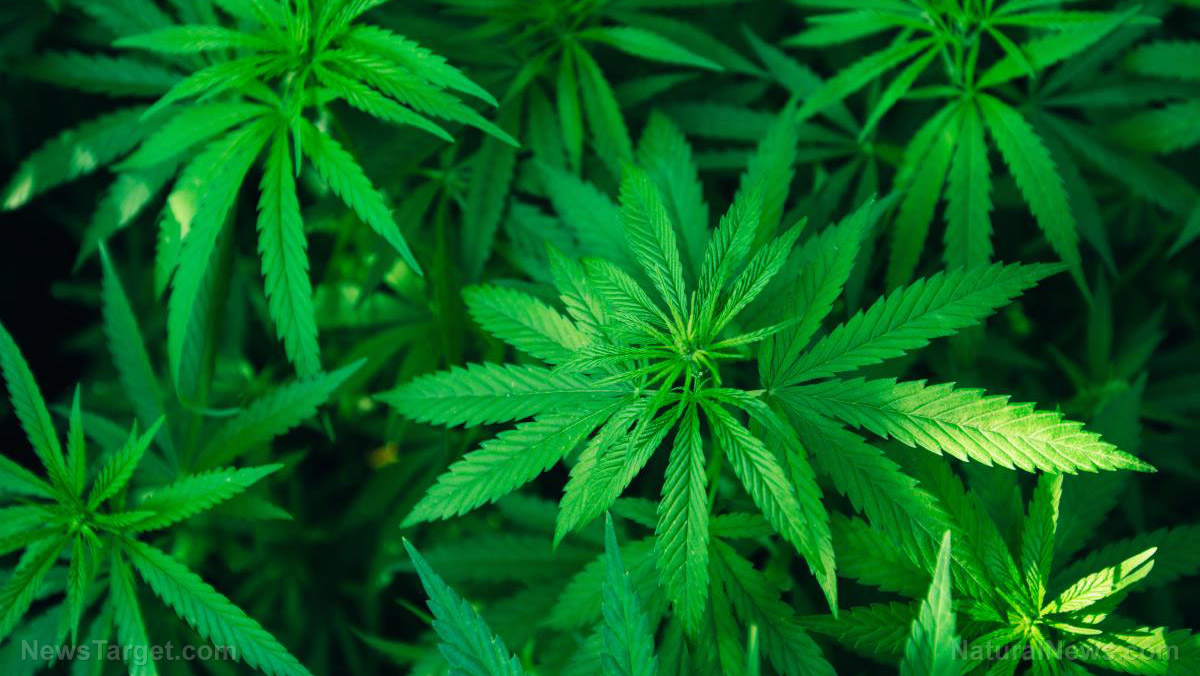Wild mint can prevent blood sugar spikes after meals, reports study
03/11/2021 / By Evangelyn Rodriguez
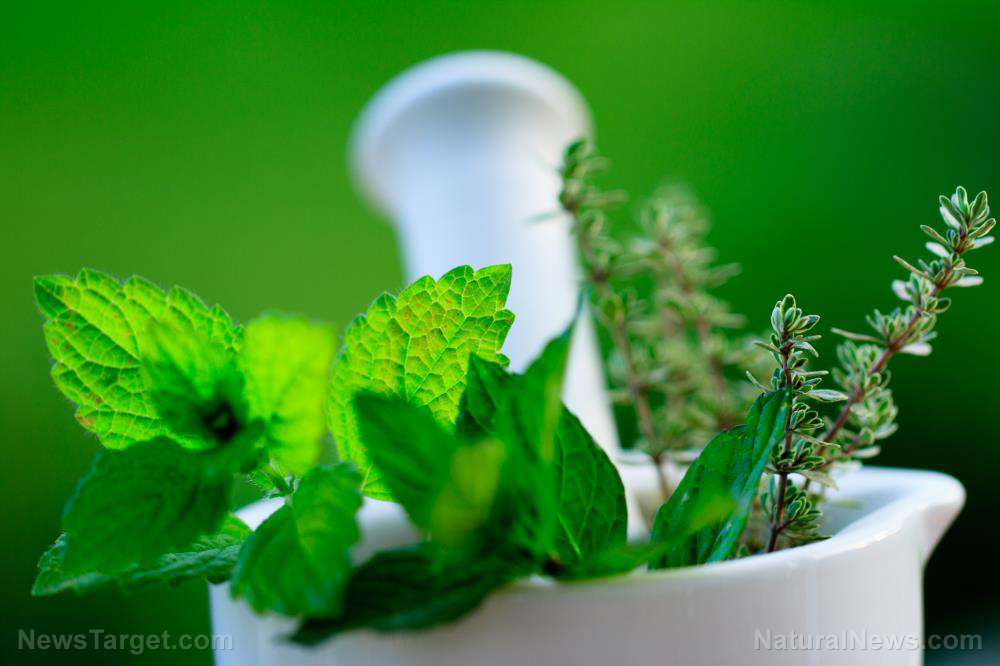
Mentha arvensis, commonly known as wild mint or corn mint, is a perennial flowering plant that’s native to Europe, parts of North Asia and the Himalayas. Despite their minty, slightly bitter taste, wild mint leaves are often used in salads and cooked foods, as well as to make herbal tea. Meanwhile, the essential oil isolated from wild mint leaves are widely used to flavor sweets and beverages.
Wild mint leaves and essential oil are also traditionally used as natural medicines. The former is said to be a great remedy for liver inflammation, peptic ulcer, diarrhea, bronchitis, jaundice and skin diseases, while the latter is often used as an antiseptic. Because of the reported antioxidant activity of wild mint, Indian researchers decided to investigate if it also has antidiabetic properties.
In a recent study, which appeared in the Journal of Ayurveda and Integrative Medicine, the researchers looked at the potential of wild mint leaf extract to stop glycation. Glycation refers to the chemical reaction by which a sugar molecule attaches to a protein or lipid. This event is a consequence of hyperglycemia and is associated with the tissue damage often seen in diabetes. The researchers also explored the effect of wild mint extracts on the activity of two carbohydrate-digesting enzymes, as well as their influence on postprandial hyperglycemia.
Wild mint extract can prevent blood sugar spikes after meals
According to the researchers, interest in the use of alternative medicines to control diabetes, oxidative stress and related disorders has increased in recent years. This is due to the continuous rise in the number of people who develop diabetes around the world. In 2018, this number was estimated to be around 340 million, 70 million of which were from India.
Postprandial hyperglycemia, or the increase in blood glucose after eating, is strongly implicated in the development of Type 2 diabetes and diabetic complications. Researchers believe that reducing the postprandial release of glucose in the blood is a promising therapeutic approach to treat or prevent diabetes. To achieve this, two enzymes involved in the breakdown of carbohydrates into sugar are considered as good antidiabetic targets.
a-Amylase is a digestive enzyme that converts complex carbs like starch to simple sugars. Similarly, a-glucosidase hastens the digestion of oligosaccharides — three to 10 simple sugars linked together — and disaccharides (e.g., sucrose, maltose, lactose) into glucose molecules. Because of their functions, compounds that can inhibit a-amylase and a-glucosidase activity are used to reduce blood sugar levels in diabetics. (Related: A banana a day keeps the doctor away? Study suggests wild banana species may have anti-diabetic properties.)
Wild mint is a medicinal herb with a long history of use in traditional medicine. Ancient healers considered it a promising natural remedy for diabetes. To investigate its ability to inhibit postprandial hyperglycemia, the researchers first derived wild mint extract from its leaves using methanol as solvent. They then tested the extract on male rats and performed various in vitro experiments to evaluate the extract’s antidiabetic activity.
The researchers reported that the wild mint extract showed a remarkable ability to scavenge free radicals, as well as great potential to inhibit glycation. They noted that it successfully inhibited more than 90 percent of advanced glycation end product (AGE) formation. The wild mint extract also showed high inhibitory activity against a-amylase and ?-glucosidase and significantly inhibited postprandial hyperglycemia in rats with starch-induced diabetes.
Based on these findings, the researchers concluded that wild mint has noninsulin-dependent antidiabetic activity and can be used to treat or prevent postprandial hyperglycemia.
Sources include:
BMCComplementMedTherapies.BiomedCentral.com
Submit a correction >>
Tagged Under:
alternative medicine, anti-diabetes, blood sugar, diabetes cure, food cures, food is medicine, functional food, herbal medicine, Herbs, natural cure, natural medicine, prevent diabetes, remedies, research, wild mint
This article may contain statements that reflect the opinion of the author
RECENT NEWS & ARTICLES
COPYRIGHT © 2017 REMEDIES NEWS




